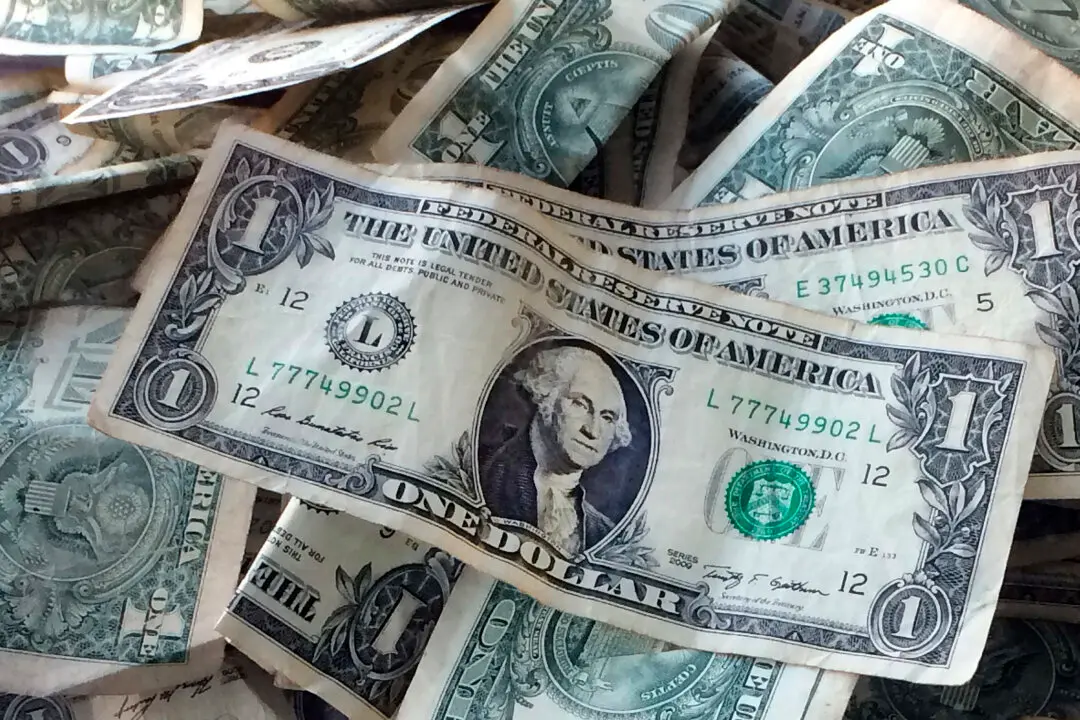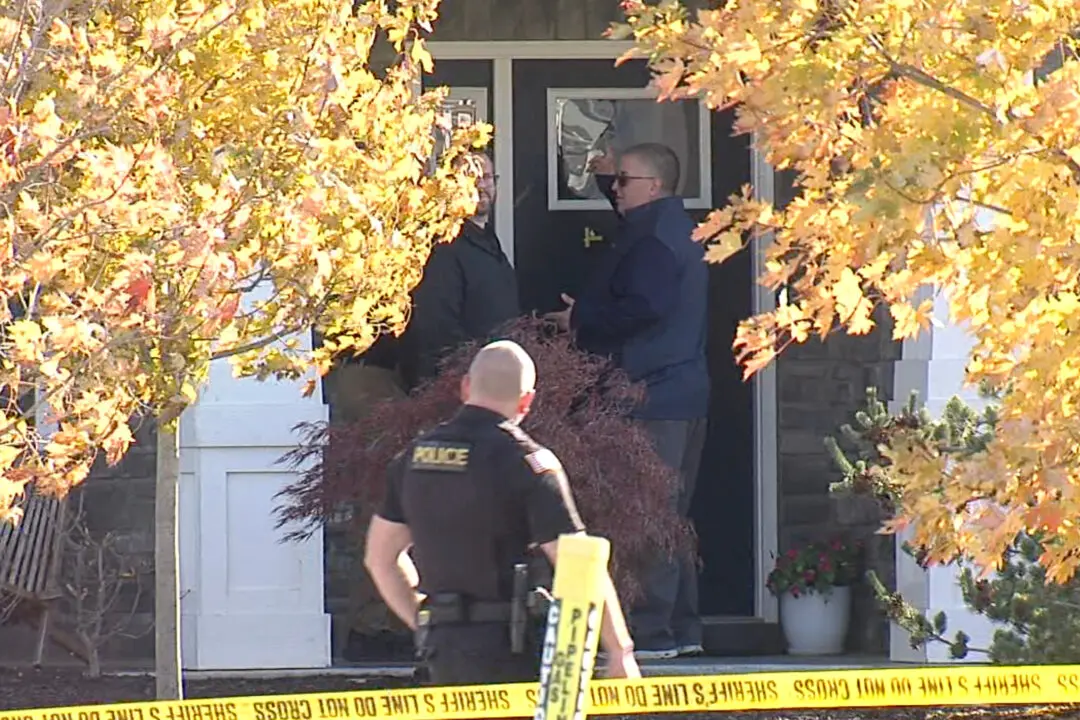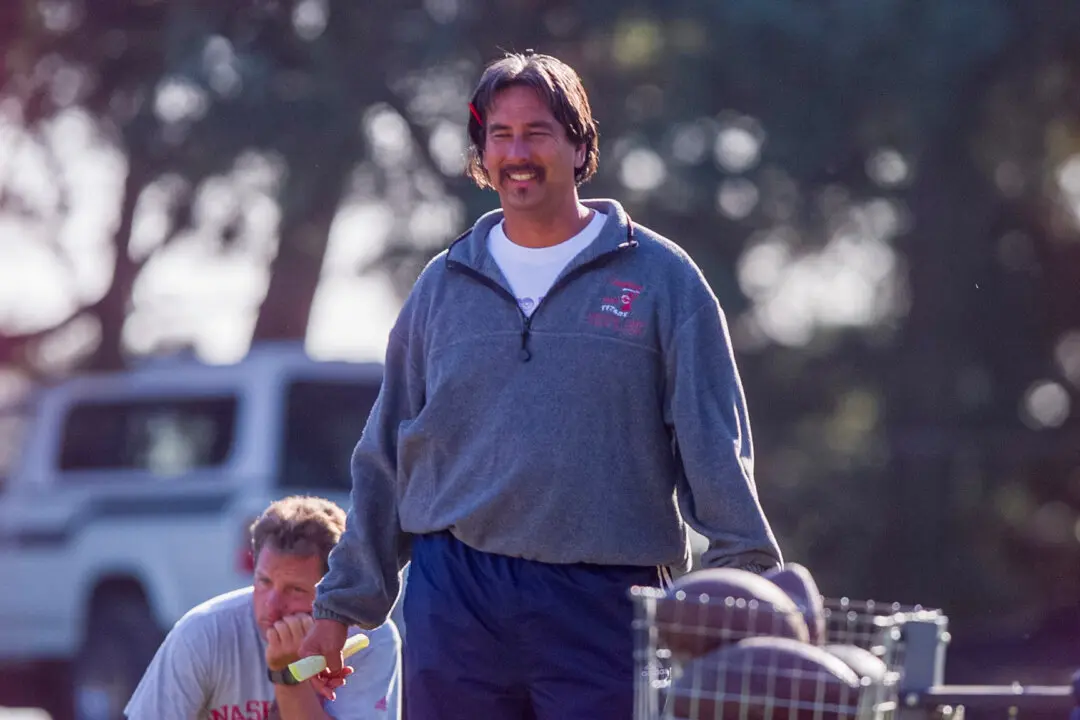SACRAMENTO—About 600 people alive today can’t have children because California’s government sterilized them either against their will or without their knowledge, and now the state is trying to find them so it can pay them at least $15,000 each in reparations.
But after a year of searching, the state has approved just 51 people for payments out of 310 applications. There’s one year left to look before the $4.5 million program shuts down and the challenges remain steep.





